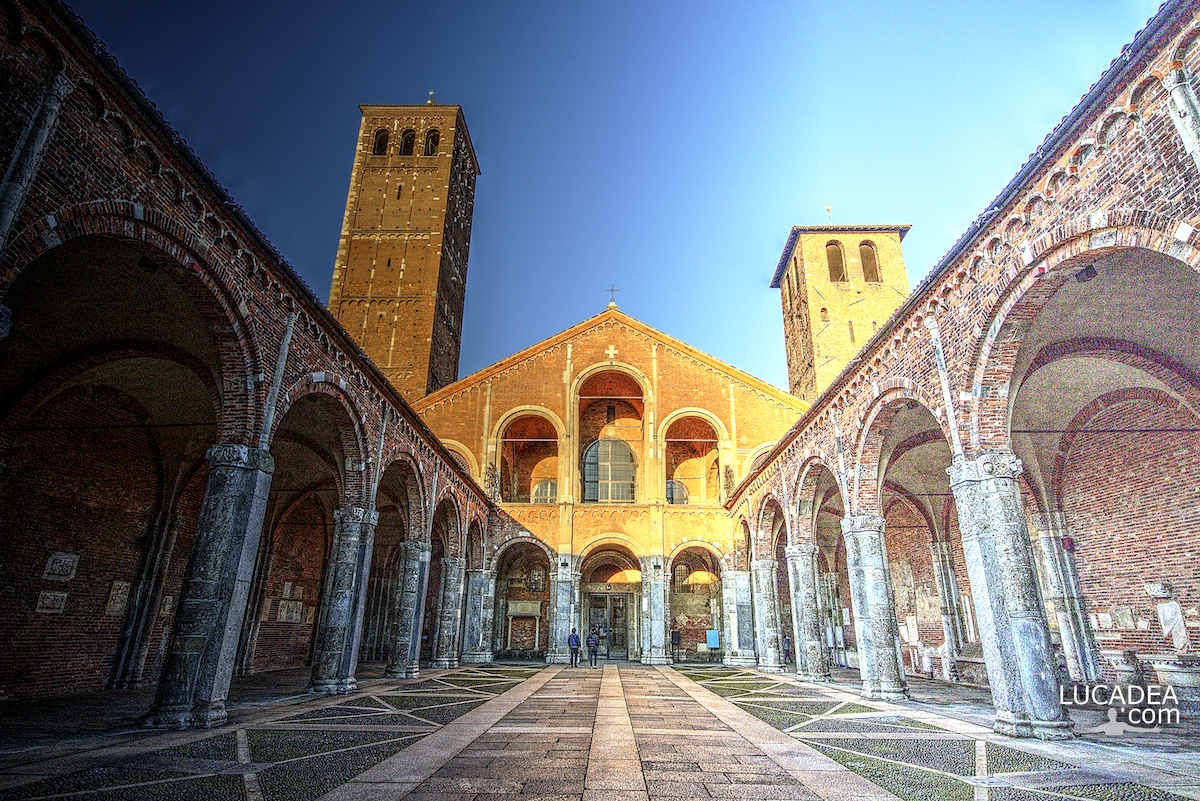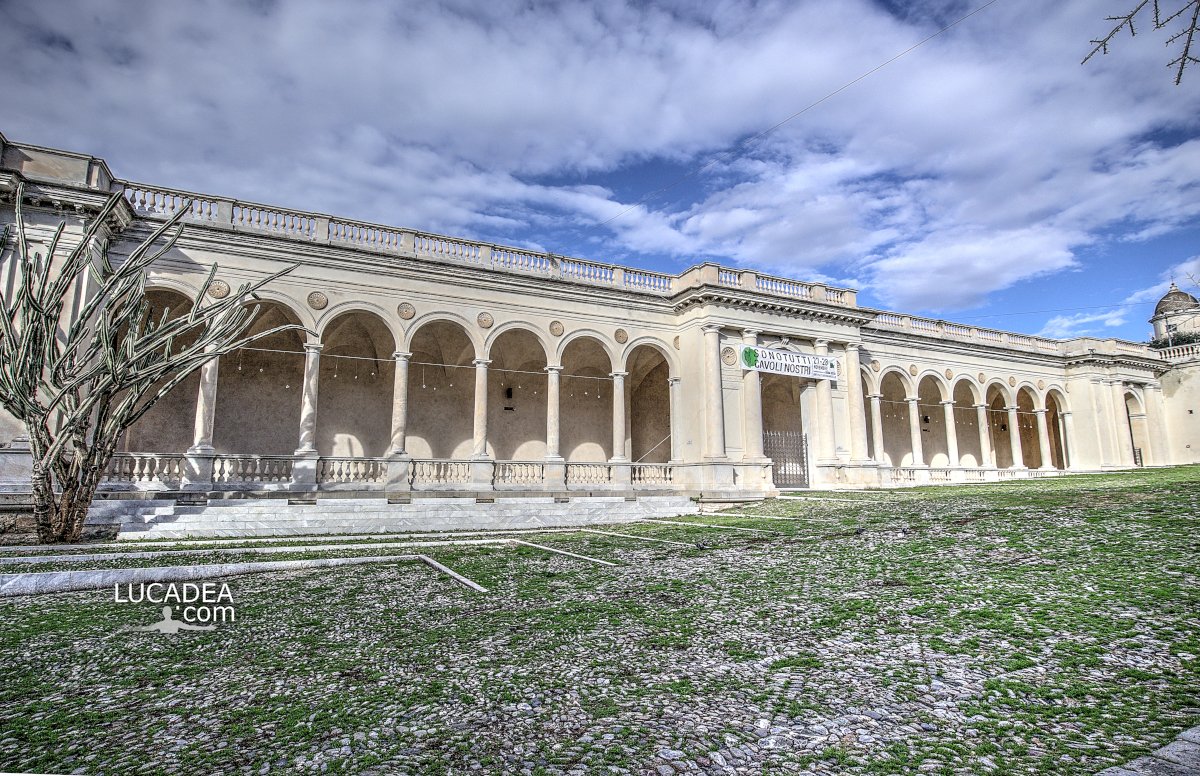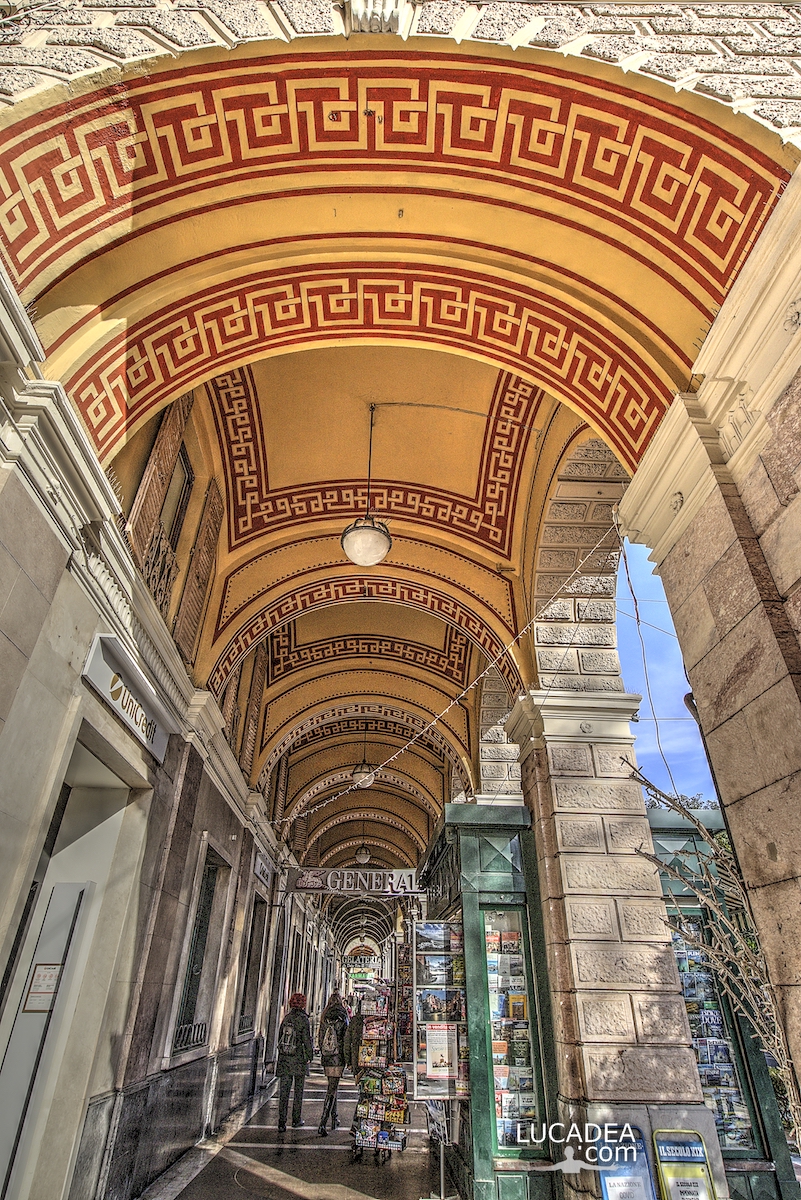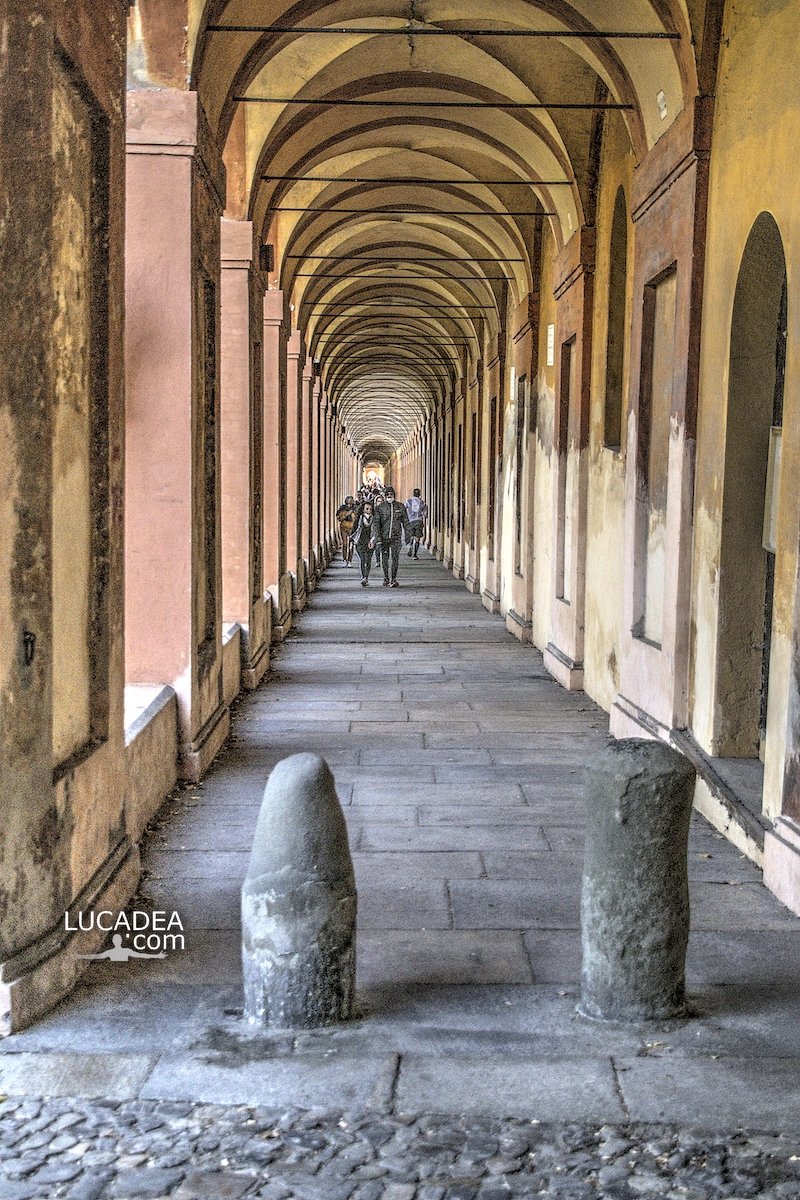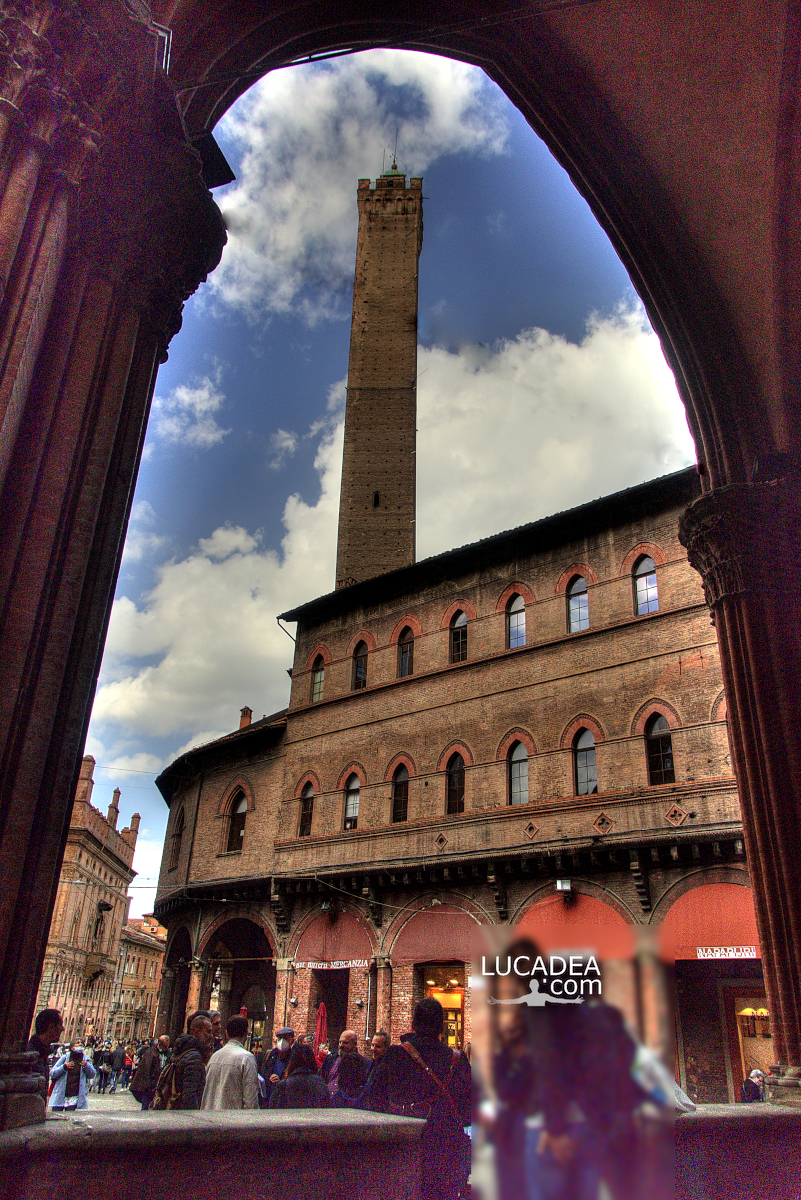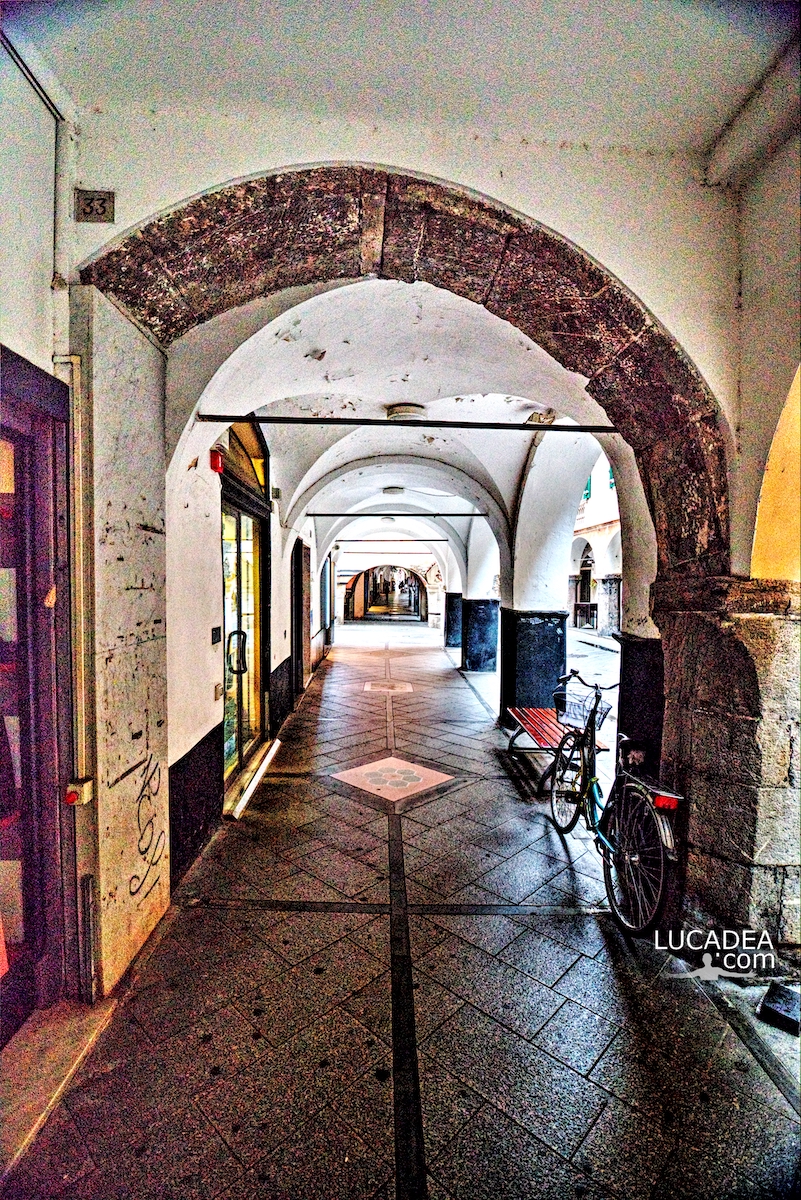The famous facade of the Basilica of Sant'Ambrogio in Milan.
When I visited this splendid basilica, one of the symbols of Milan, I still remember the first verses of the homonymous poem by Giuseppe Giusti that I learned in middle school:
“Vostra Eccellenza, che mi sta in cagnesco
per que’ pochi scherzucci di dozzina,
e mi gabella per antitedesco
perché metto le birbe alla berlina,
o senta il caso avvenuto di fresco
a me che, girellando una mattina,
càpito in Sant’Ambrogio di Milano,
in quello vecchio, là, fuori di mano.”
The famous facade with the quadriportico.
Do you know Milan?
Add your own comment or go to the bottom of the site to read what other visitors have written.
Photo taken with Canon EOS M100 and lens Canon EF-M 11-22.
This is the official website of the church: basilicasantambrogio.it.
To see all the photos I took of the Basilica click here:

The basilica has a broad, flattened gabled façade and is equipped with two overlapping loggias. The sides of the lower loggia, which is made up of three equally sized arches, join with the portico, which has slightly higher arches.
Continue and learn more on Wikipedia

